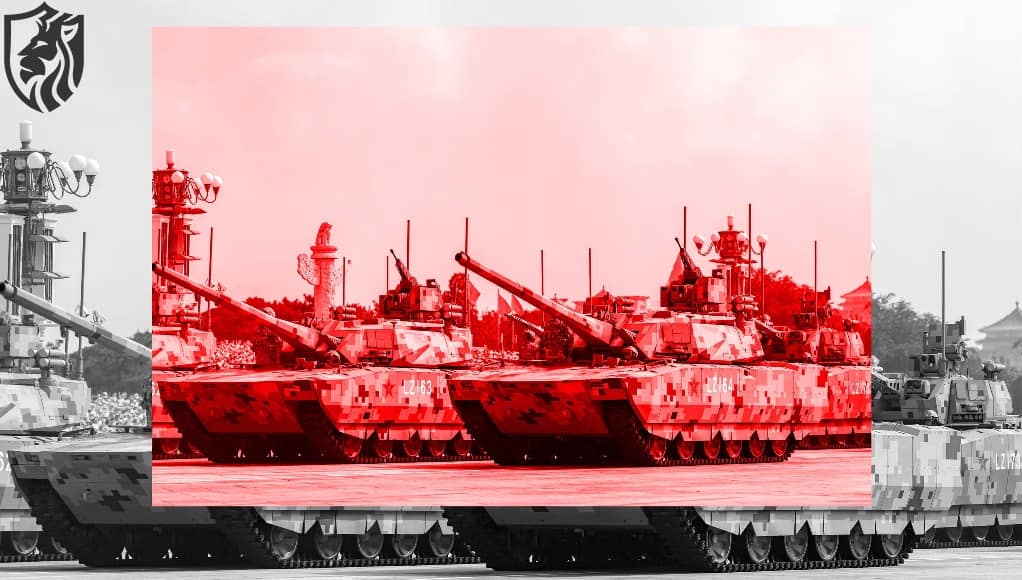
M75 SOM
Why obscuration is back
Modern sensors see farther, faster, and in more bands. Therefore, commanders need reliable concealment at crossings and breaches. The Ukraine War shows that gaps in obscurity produce casualties and delay manoeuvres. Consequently, the U.S. Army is reviving and upgrading a proven idea: smoke.
From Coyote to SOM
The M75 Screening Obscuration Module (SOM) aims to replace the legacy M56 Coyote. Testing began in February 2018 at Dugway’s West Testing began in February 2018 at Dugway’s West Desert Test Centre and progressed from concept to production models, with units first using the production SOM in 2025. The next-gen battlefield smokescreen promises faster setup, wider spectral effects, and a smaller footprint.
What the M75 brings
The M75 weighs less than the Coyote and is roughly carry-on size. Moreover, one soldier can operate it and mount it on a Humvee or place it in open terrain. According to the manufacturer, the module can decrease enemy visibility beyond 200 metres by more than 12 minutes. That endurance creates a window for crossing, breaching, or casualty evacuation. Thus, the next-gen battlefield smokescreen addresses immediate tactical risks as drones proliferate.

Spectral effects, not just “smoke”
Unlike older gear, the SOM disperses tailored obscurants to disrupt sensors across parts of the electromagnetic spectrum. DEVCOM Chemical Biological Center reports “key milestones”, including successful dissemination of enhanced materials. Therefore, the next-gen battlefield smokescreen is designed to complicate optical, infrared, laser, and potentially radar-assisted surveillance, depending on the load.
Lessons from Ukraine
Ukrainian and Russian forces face difficulties when their movement exceeds the available cover. As lines ossify, battles shift to attrition. However, deliberate obscuration can restore tempo and survivability. The Army’s doctrine community argues for platoon-level availability and training. In short, the next-gen battlefield smokescreen must be common, quick, and adaptable to tempo changes.
Capability cautions
Lt Col Michael Carvelli warns that current obscuration is at a nadir, especially below company level. The M56 could screen visually for 90 minutes or against infrared for 30 minutes over larger areas. Therefore, commanders must understand trade-offs: the M75 offers agility and spectral tailoring, while legacy systems provided long-duration area coverage. Additionally, the Army has no published fielding timeline for broad SOM distribution.

Employment concepts that scale
Because the M75 is modular, units can stack effects. For example, sited modules can build a layered corridor for river crossings. Likewise, vehicle-mounted modules can escort breaching teams and sustain cover as they advance. Critically, engineers and EW planners should sync wind, humidity, thermal crossovers, and UAV threats with obscure choices. Consequently, the next-gen battlefield smokescreen becomes a combined-arms enabler, not a last-minute solution.
What to watch next
The procurement process must prioritise platoon-level quantities, training hours, and replenishment stocks. Moreover, commanders should update SOPs and rehearsal drills for rapid SOM placement. Finally, test results should translate into doctrine, so battalions can choose the right obscurant for the threat band and mission time.
References
- https://cbc.devcom.army.mil/
- https://www.dugway.army.mil/
- https://www.armyupress.army.mil/Journals/Military-Review/ (Military Review—obscuration lessons)
- https://www.sandboxx.us/blog/ (Industry reporting on SOM testing and interviews)








